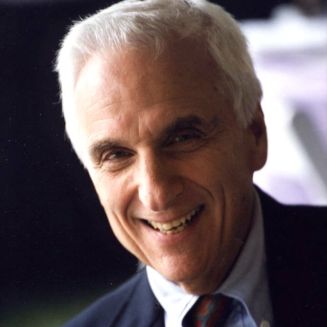Conway’s Law Revisited
Conway’s Law Revisited
Have you ever wondered why software produced by corporates (by which, I mean Analytic-minded organisations) is often e.g. disjoint, incoherent and balkanised, with a poor user experience and high on resource (memory, cpu, io, storage) use?
Many years ago I came across Conway’s Law, and found it explained much of this phenomenon. The Law, named after computer programmer Melvin Conway, states:
“Organisations which design systems… are constrained to produce designs which are copies of the communication structures of these organisations.”
or, as restated by Eric Raymond:
“The organization of the software and the organization of the software team will be congruent.”
Since discovering this Law, I have embraced it and taken it as a given. As a given, it has seemed a valid – and comforting – observation, but, until now, rarely provided me with any actionable insight. But which I mean, It’s not provided me with any ideas on how to improve the design of software systems and products.
Organisational Structure Reflects the Collective Mindset
If we combine Conway’s Law with the tenets of Rightshifting and the Marshall Model, however, some actionable insights do come into focus.
Where does an organisation’s structure come from? Why do some organisations have little in the way of structure, some have clearly-defined silos, departments and a management hierarchy, and some have a more fluid, but still highly (self-)disciplined, flatter kind of structure?
The Marshall Model attributes these differences to differences in collective (organisational) mindset. Each of the four mindsets produce their own kind of organisational structure. e.g.:
- Ad-hoc: Little or no recognisable structure
- Analytic: Hierarchical, siloed, departmentalised, autocratic
- Synergistic: Flatter, self-organising, meritocratic
- Chaordic: Fluid, adaptive, emergent
So, if we want to be able to design products that are coherent, self-consistent and a pleasure to use, Conway’s Law tells us that we need a congruent organisational structure. Which in turn means that we need a congruent collective organisational mindset. The Marshall Model names this as the “Synergistic Mindset”.
The necessary action, then, is to transition the organisation’s collective mindset from e.g. Ad-hoc or Analytic to Synergistic. (And given the herculean nature of this prospect, maybe we’re going to be stuck with many lamely-designed products, for many years).
Would you be willing to consider what kind of product designs might emerge from organisations having a Chaordic mindset?
– Bob
Further Reading
Structuration – Wikipedia entry
Neuroscience of Rightshifting – Blog post
Mel Conway – Website
Mel Conway’s Original Paper – Introduction and link to pdf


On the code side, maybe we would see well refactored code from the Chaordic organizations.
In The Innovator’s Dilemma Christensen tells this story of an former engineer in DEC who, while opening a DEC machine viewed the organisation of DEC in the organisation of the different electronic cards and components. I don’t think it only is related to software but to any type of product.
Great thoughts – thanks for sharing.